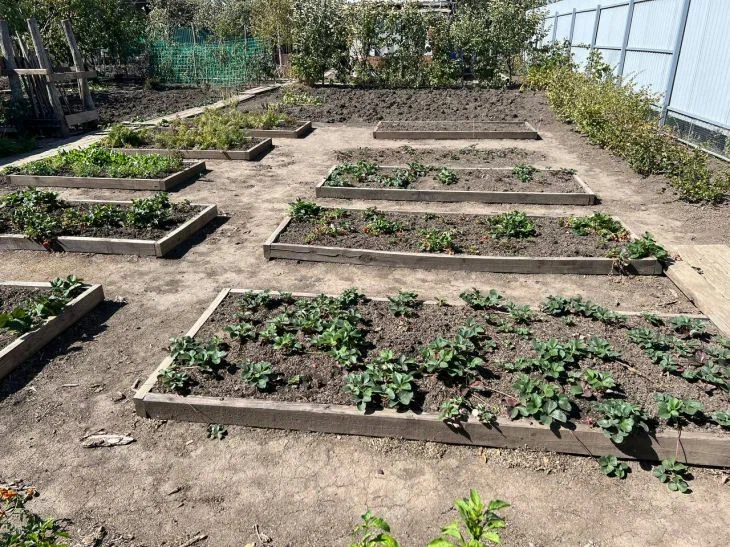Intercropping is a method of growing different plants in the same garden bed to increase crop yields, improve soil health and control pests.
The principles of such plantings allow you to create conditions in which plants help each other, minimize the need for chemical fertilizers and make the garden more resistant to adverse conditions.
This method is often used by experienced gardeners to optimize space and increase the efficiency of growing crops.

Principles of mixed plantings
The main principle of mixed planting is the correct selection of plants that will "neighbor" in the garden bed.
It is important to consider the compatibility of crops - some plants can suppress others or, conversely, support their growth.
The interaction of plants can manifest itself in different ways: some release substances that repel pests, others help protect against diseases or improve the condition of the soil.
For example, legumes saturate the soil with nitrogen, which has a beneficial effect on plants planted nearby. Therefore, it is important to know which crops are useful to plant together in order not only to preserve the harvest, but also to improve its quality.
Examples of successful vegetable combinations
Many gardeners know that successful combinations of plants contribute to their faster growth and higher yields.
One of the classic examples is planting carrots and onions. The onion smell repels the carrot fly, and the carrot smell reduces the risk of onion fly attack. Tomato and basil are also considered an excellent combination.
Basil not only repels some pests, but also improves the taste of tomato fruits. Another good example is planting cabbage with dill - dill attracts insects that eat cabbage pests.
You can also consider planting beets with onions - these crops do not compete for space and nutrients, so they grow well next to each other.
Plants that should not be planted together
Along with successful combinations, there are also those that can harm the harvest. For example, it is not recommended to plant potatoes next to tomatoes.
Both plants belong to the nightshade family and attract similar pests, which increases the risk of disease spread. Also, do not plant cucumbers and tomatoes together - despite the popularity of this combination, these crops have different humidity and temperature requirements, which can complicate their care and reduce the yield.
Another undesirable neighbor would be cabbage and grapes - cabbage root secretions can inhibit the growth of grapes, especially if the plantings are dense.
Benefits of Mixed Plantings for Gardeners
The mixed planting method has a number of advantages, due to which many summer residents and gardeners choose it.
Firstly, it allows you to save space - you can plant more crops in a limited area.
Secondly, such plantings help reduce the need for chemical fertilizers and pesticides, because properly selected plants create a natural barrier to pests and diseases. In addition, mixed plantings can improve the structure of the soil and increase its fertility.
For example, peas and beans enrich the soil with nitrogen, which helps other crops grow better. This approach allows you to get a richer harvest with less cost and effort.
